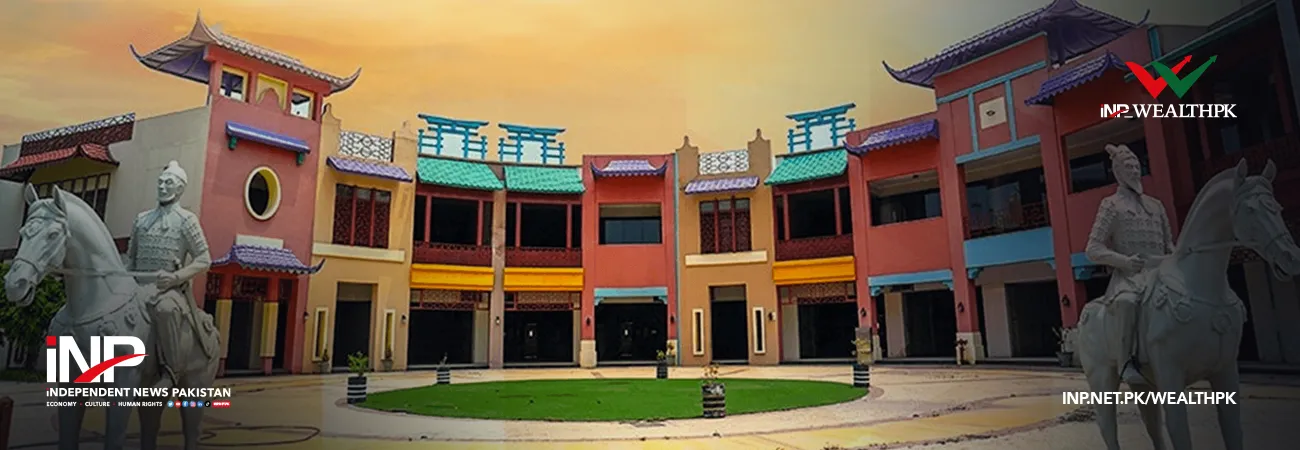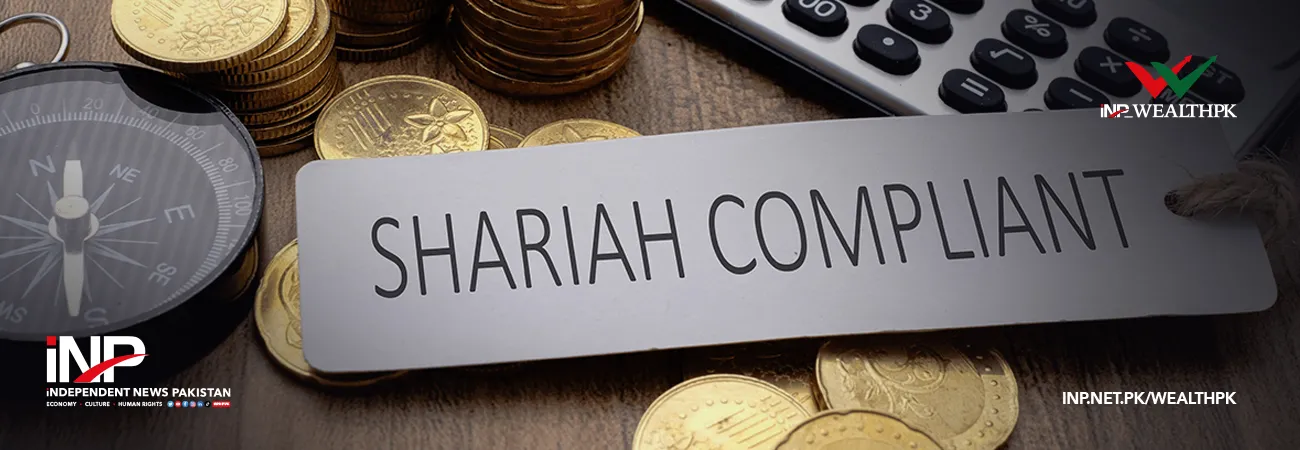INP-WealthPk
By Hifsa Raja ISLAMABAD, May 09 (INP-WealthPK): Pakistan’s Virtual Reality Lab has imported the first-ever HoloLens, which is much like the Microsoft glasses, for its construction, engineering and management project. Talking to WealthPK, Ariba Khan, the team lead of Virtual Reality Lab, said that the lab had been working on virtual reality projects in Pakistan. She said these HoloLens and Microsoft glasses were a perfect blend of mixed reality. She said that ‘Hologram model’ was deployed for engineering and management projects. “Through HoloLens, a person can visualise the construction of an unconstructed building. The person can see how the building will look like even before it is built. The lens helps in the progress monitoring of the construction,” she explained. Dr Farrukh Arif, Director of Virtual Reality Lab, which has been set up at the NED University of Engineering and Technology, Karachi, told WealthPK that the construction, engineering and management project, which is utilising the HoloLens, was in the second year of its development and exploration. “The project is designed for progress monitoring through HoloLens in the construction of buildings,” he explained. Farrukh Arif mentioned that virtual reality had also been used in cost budgeting in the planning phase. “Another project, funded by the Higher Education Commission, is infrastructure management through virtual digitalisation,” he said, adding that the Virtual Reality Lab was the only entity in Pakistan contributing to the introduction and development of advanced technologies like virtual reality, and mixed reality, artificial intelligence and Metaverse. He said the lab, which came into being in 2018, had been the top research and development institute in Pakistan to promote virtual reality. Farrukh Arif said that the lab had been working in healthcare, civil engineering, energy analysis and stimulators. He said that the lab was catering to the demands of the industry on product research. According to Dr Asim Hussain, Chancellor of Ziauddin University, the virtual reality dental simulator is the most technologically-advanced 3D dental visualisation tool, and is being adopted by many of the world’s leading medical teaching schools and institutions. Mahnoor Khan, a researcher at the Virtual Reality Lab, said that the VR dental stimulator of Ziauddin University could also be modified by utilising HoloLens. “HoloLens can also be used in the VR driving simulator. You can use them to learn how to drive without actually driving. The driving simulator has a joystick in addition to HoloLens,” she explained. She said that HoloLens could be replaced by HoloLens emulator, which included a HoloLens development toolset, allowing you to test holographic applications on your personal computer without having to use a physical HoloLens. Mahnoor Khan said that HoloLens emulator employed a Hyper-V virtual machine, which meant that human and environmental inputs were emulated using a keyboard, mouse, or Xbox controller. “You don't even have to change your projects to run on the emulator because the app doesn't realise it's on a real HoloLens or not,” she added. “The emulator is controlled in a similar way as the 3D video games are controlled. The keyboard, mouse, or Xbox controller can all be used as input devices,” she added. Mahnoor Khan said that wearing a HoloLens allowed you to control the emulator by directing the actions of a virtual user. “The simulated user moves around the surroundings as a result of the actions. Emulated applications behave as if they are running on a real device,” she said.













